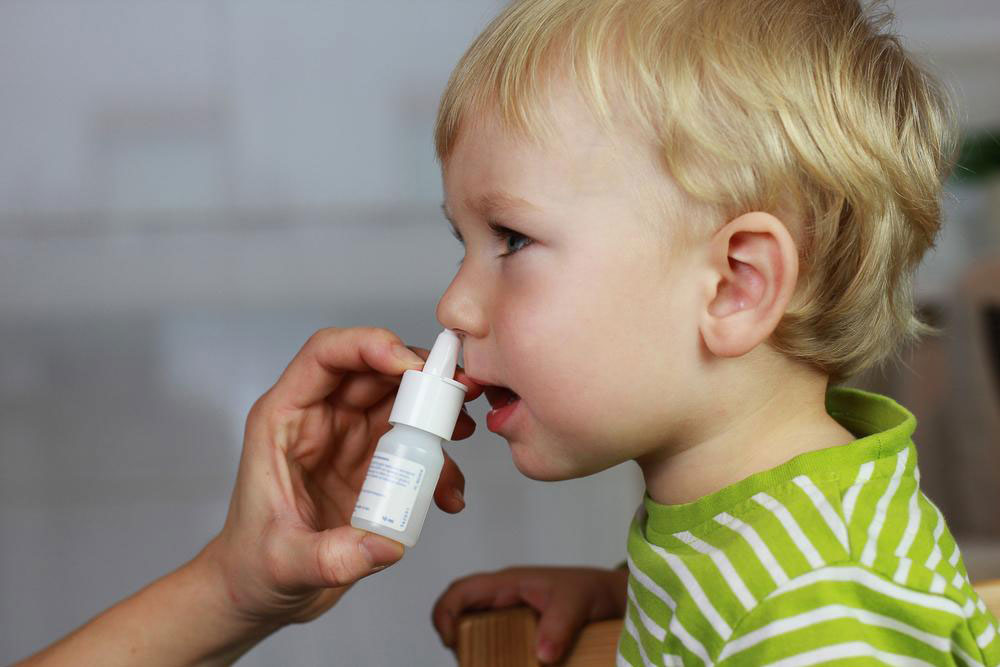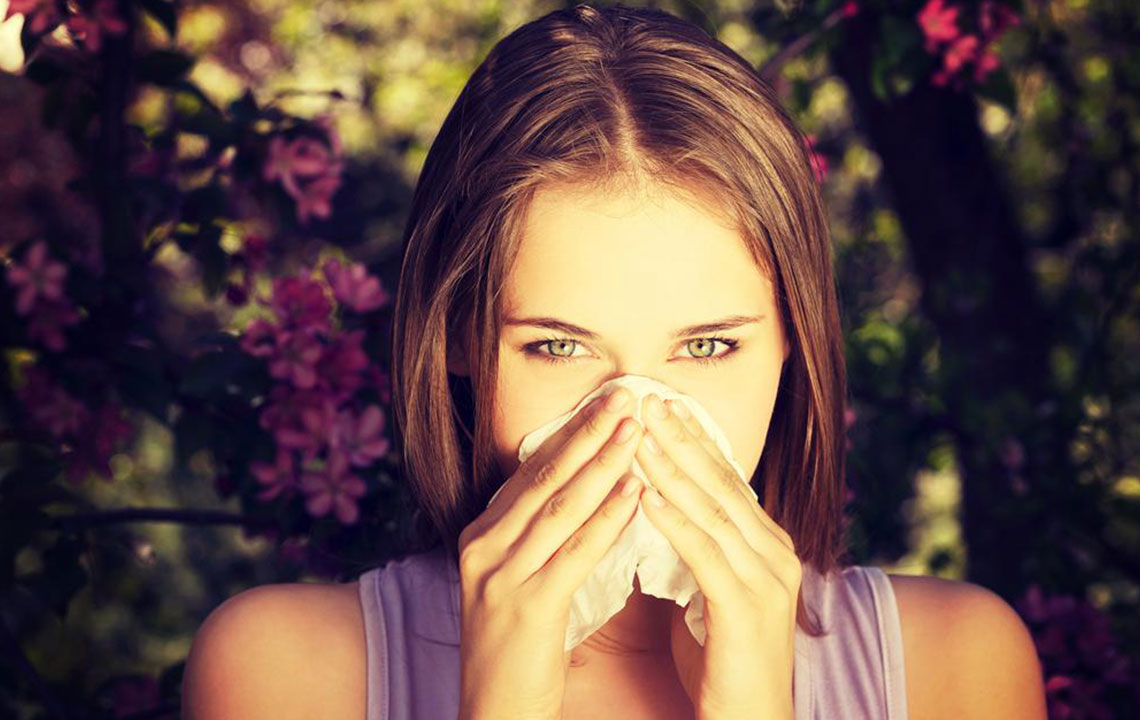In-Depth Children's Allergy Treatment Strategies and Management
This comprehensive guide provides detailed information on children's allergy management, including common symptoms, triggers, and safe treatment options. It emphasizes the importance of professional guidance, dietary precautions, and appropriate medication use to ensure children's safety and health. Parents can learn how to identify symptoms early, manage exposure to allergens effectively, and choose suitable medications. The article stresses the need for regular medical consultation to tailor allergy treatments to each child's unique needs for better health outcomes and enhanced quality of life.

Effective Management and Treatment Options for Children's Allergies
Children’s susceptibility to allergic reactions is notably higher due to their still-developing immune systems. This increased vulnerability makes them more prone to experiencing adverse responses to a variety of food and environmental allergens. Recognizing and understanding the symptoms early on is crucial for effective intervention and long-term health management. Implementing appropriate allergy treatments tailored to children can significantly improve their quality of life by minimizing discomfort and preventing severe reactions.
Recognizing Common Allergy Symptoms in Children
Monitoring children for allergy symptoms is vital. Typical signs include persistent skin rashes such as hives, difficulty breathing or symptoms resembling asthma, nasal issues like congestion and sneezing, watery and itchy eyes, stomach upset including nausea and vomiting, and in some cases, dizziness or fatigue. Early identification helps in timely management and reduces the risk of more severe allergic reactions.
Main Allergy Triggers in Pediatric Populations
Outdoor allergens: insect bites, pollen from trees, grasses, and flowering plants
Indoor triggers: dust mites, mold spores thriving in damp areas, pet fur and dander from cats, dogs, or other pets
Sensitizers in the environment: cigarette smoke, household perfumes, strong cleaning agents, vehicle exhaust fumes
Food allergens: common items like peanuts, tree nuts, dairy products, seafood—including shellfish and fish, wheat, soy, and eggs
Comprehensive Allergy Relief Medications for Children
Administering medication to children requires extra caution due to their sensitive physiology. Medical professionals typically recommend specific allergy-relief options that are both effective and safe for pediatric use. Here are some of the most common and trusted classes of allergy medications:
Antihistamines
Antihistamines are a cornerstone of allergy treatment, as they work by blocking the action of histamine—the chemical responsible for many allergy symptoms. They can provide rapid symptom relief, making them suitable for managing mild to moderate allergic reactions, especially during seasonal allergy peaks.
Cetirizine (brand name Zyrtec): fast-acting and relatively non-sedating
Diphenhydramine (Benadryl): effective but may cause drowsiness
Fexofenadine (Allegra): non-sedating, suitable for daily use
Loratadine (Claritin): long-lasting, taken once daily
Important considerations when using antihistamines:
Short-acting variants may need dosing every 4-6 hours, which could be less convenient for daily management.
Long-acting formulations are typically administered once per day, simplifying medication routines.
Side effects like dry mouth, drowsiness, or occasional dizziness are common; ensure your child maintains adequate hydration.
Nasal Sprays
Nasal corticosteroid sprays are highly effective in reducing nasal inflammation, congestion, and swelling. They are particularly useful during allergy seasons or for chronic nasal blockage. Regular use can help prevent symptoms from worsening and improve overall breathing comfort.
Flonase (fluticasone)
Nasacort (triamcinolone)
Rhinocort (budesonide)
NasalCrom (cromolyn sodium): useful for preventive therapy
Usage guidelines: Always follow prescribed instructions regarding dosage and frequency. Overuse can lead to side effects or diminished effectiveness.
Eye Drops for Allergy-Induced Eye Discomfort
Itchy, watery eyes are common allergy symptoms. Medicated eye drops containing antihistamines or mast cell stabilizers can provide targeted relief and reduce discomfort. Proper application and adherence to dosage instructions are critical for safety and efficacy.
Zaditor (ketotifen)
Visine-A (antihistamine and decongestant combination)
Opcon-A
Food Allergy Management
Avoiding allergenic foods entirely is the primary strategy for managing food allergies. Recognizing foods that trigger reactions and reading labels carefully are essential steps. In case of accidental ingestion, seek immediate medical attention to prevent severe reactions. Establishing a safe dietary plan with a healthcare professional reduces health risks and enhances overall safety.
While these treatment options provide relief from allergy symptoms, it’s imperative to consult a pediatrician or allergy specialist before giving any medication to a child. Self-medication can be dangerous and may lead to adverse effects. A healthcare provider can offer personalized guidance based on the child’s specific allergies, age, and health condition.
Parents should always ensure that any new foods are introduced cautiously and under medical supervision. Regular follow-ups with healthcare professionals can help in adjusting treatment plans and monitoring allergy progression or severity.
In summary, managing children's allergies involves a combination of vigilant symptom monitoring, avoidance of known allergens, medication, and professional guidance. Proper education and awareness are key to maintaining children's health and preventing severe allergic reactions, thereby improving their well-being and quality of life over the long term.





